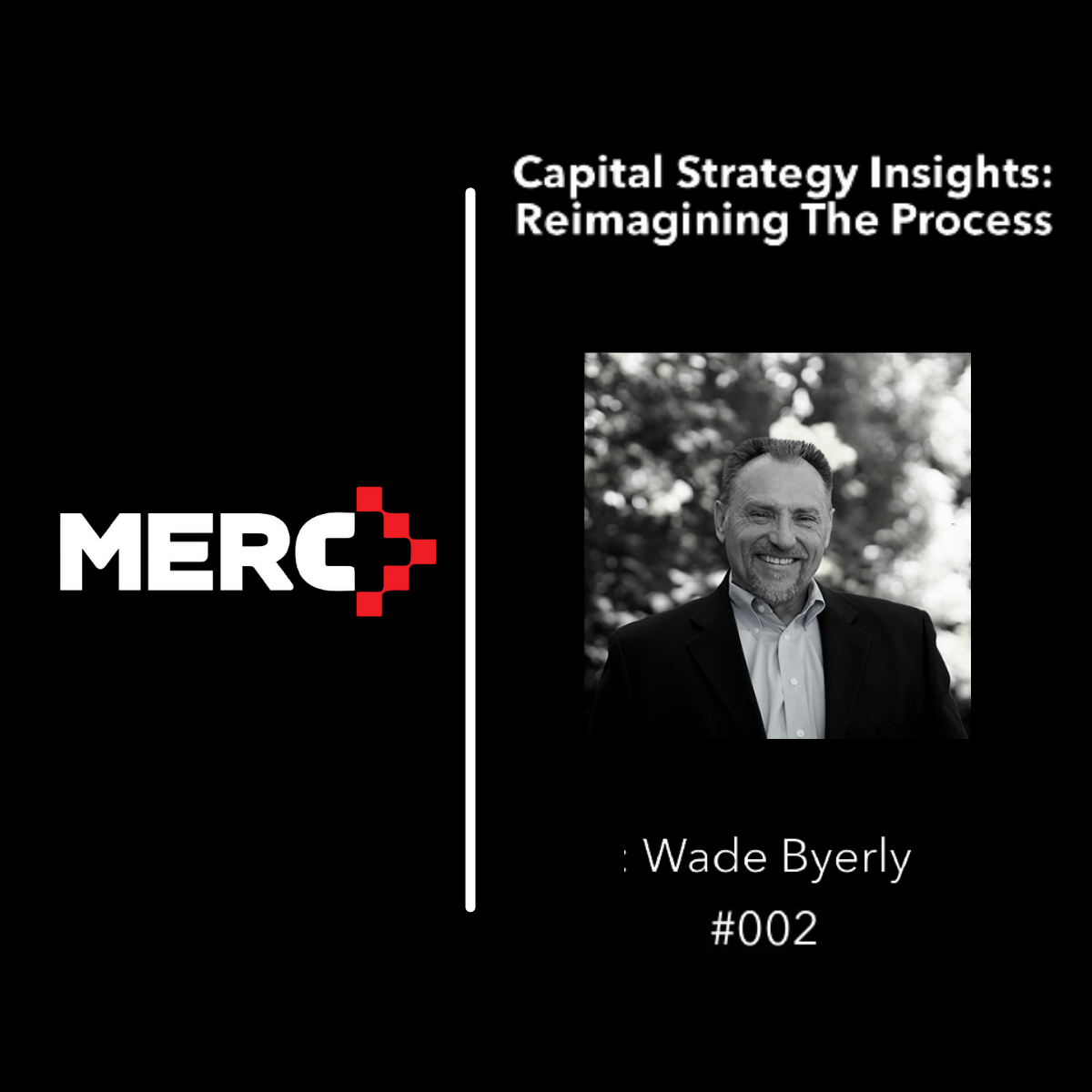Capital Strategy Insights: Reimagining the Process #002

#002 Asset Value Contribution to Lifecycle – Part 1
I am going to break this topic up into multiple posts. There are too many elements to cover, and the elements require a little explanation. So, when I write the book (that’s a joke, I think), this will be a chapter, but for now this is just going to be a post on a portion of this topic.
Let me state upfront that I don’t consider that using an asset until terminal failure (“driving the wheels off – just like a car”) is a strategy. Here’s is why the analogy doesn’t work for me.
Healthcare assets are not like automobiles as they don’t have the same asset end-of-life characteristics. I had a 1960 Chevy Bel Air as a first car, and it was a rust bucket. When I finally sold it to the local junk yard (which was easy to do because there is one in every town) it was worth 50% of what I had paid for it: $25 dollars (a long time ago in a galaxy far, far away). Why did it still have value? Decommissioning costs were minimal (I drove it to the yard), there was still parts value, and minimal disposal costs (it could still be in the yard rusting away some 45 years later).
Now try that with an 18-year-old CT Scanner. Future posts will cover more of these concepts, but let’s just start with buyer acquisition costs.
The hypothetical subject unit shopped on the secondary market will likely be a “paid to pull” transaction. There is not enough value for the secondary market to provide removal at no cost to the owner. Locating and vetting a reputable firm to do this takes time for research, negotiations, and contracting.
Trade-in? IF the owner gets a trade-in, it will be out of the price paid for the new device. “Well, if that manufacturer wants my business, they’ll take care of it.” Yes, they will, but because they aren’t in the business of losing money, so they will figure out how to recover that expense. Services, terms, conditions, and other ways to recover those costs will be added to your transaction to remove this unit. I know that this really addresses some downstream costs, but this is what the vendor will consider, and the owner will pay for this in a trade-in situation when the asset has little or no value.
The owner of this unit has just spent thousands to find someone who will take this derelict off their hands, whether by sale or trade. By the way, this was all performed under duress because the unit is either compromised or has quit as part of the terminal failure plan, directly impacting their ability to provide patient care (stated mission) and causing a revenue reduction or loss.
OK, that’s all for now – more to follow.


